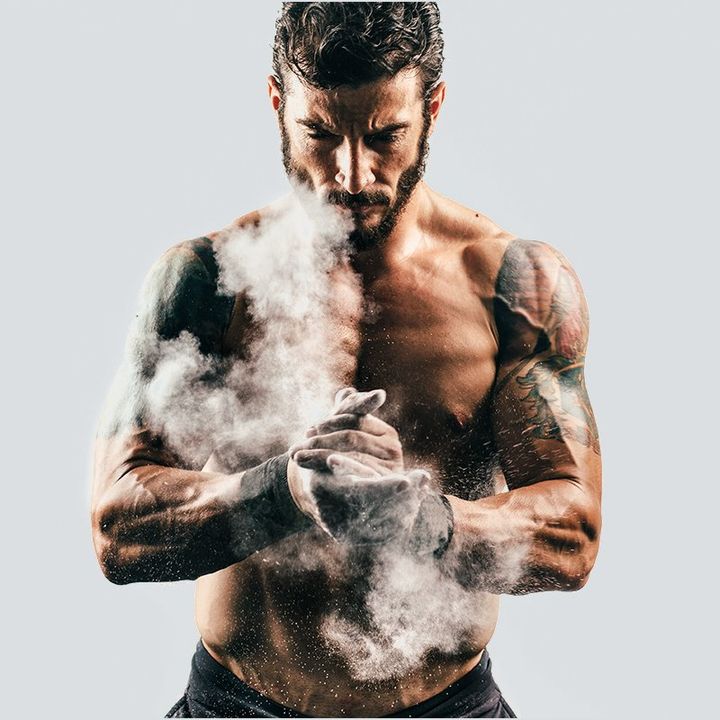PHOTOBIOMODULATION
HOW IT WORKS
Benefits
- Relief of pain and stiffness associated with arthritis
- Improved muscle performance
- Redevelopment of muscles
- Restoration of mobility
- Relaxation of muscles and relief from muscle spasms
- Relief from joint aches and stiffness
- Increase in blood circulation

RESULTS
- Arthritis
- Nerve pain and nerve regeneration
- Tendinopathies
- Soft tissue healing
- Enhance Well Being
- Improved skin appearance and elasticity
- Improved muscle performance and recovery
FAQs
- What will I feel?
PBM Therapy does not heat tissue, it does however increase circulation, so a warming sensation is often experienced. Reported subjective feedback:
*temporary euphoric feeling
*increased energy levels
*improved sleep patterns
*improved mood
*improved skin clarity and tone
*decreased swelling in extremities
*increase general sense of well being
These outcomes may not apply to every person and are not intended to guarantee, promise, represent and/or assure that anyone will receive the same or similar results.
- How many sessions are recommended?
10 minute sessions 2-5x per week depending on treatment goals.
- Does it get hot inside the bed?
No. LEDs are cooled by a patent-pending cooling system to keep you comfortable.
- What scientific evidence is there for the Light Pod?
To date, there are 550 Randomized Controlled Trials (RCTs) and over 4000 laboratory studies that have been published using PBM devices. PBM therapy is used in thousands of clinicd, hospitals and elite sports institutions in over 70 nations. There are approximately 40 new papers per month being published. The primary evidence is in musculoskeletal pain and dysfunction, however a wide variety of conditions are being studied as well. To review the published research, go to PubMed.gov and search Photobiomodualation, LLLT, or Low Level Light therapy.
- Is this FDA approved?
Our Good Light pod is a General Wellness Device and is in compliance with applicable standards as required by the FDA and Health Canada.
- Does my benefit plan cover the pod sessions?
Because this is a Wellness Device, your private health care plan cannot be billed for treatment. If you have a health spending account, check with your individual provider to determine if you have coverage.
- Will I see a Doctor or a Chiropractor before my sessions?
Our Good Light recovery pod is classified as a General Wellness device so you do not have to consult with a health professional before using the pod.
- Do I need eye protection?
All persons using the Good Light pod must wear approved protective eyewear. This will be provided to you during your session.
*Light Recovery Pod Precautions: You should not use the Light Recovery Pod if you are light sensitive, taking medications that make you sensitive to light, pregnant, have had an organ transplant, or currently have an active cancer.

Canada's First Therafit PBM Therapy Provider.
Proudly located in Lethbridge, AB.
CONTACT
info@goodlightwellness.com
#4, 1075 Mayor Magrath Dr SLethbridge, ABLocated inside the Health First Soft Tissue & Joint Clinic
OPENING HOURS
- Monday
- -
- Tue, Thu
- -
- Wednesday
- -
- Friday
- -
- Saturday
- -
- Sunday
- Closed
